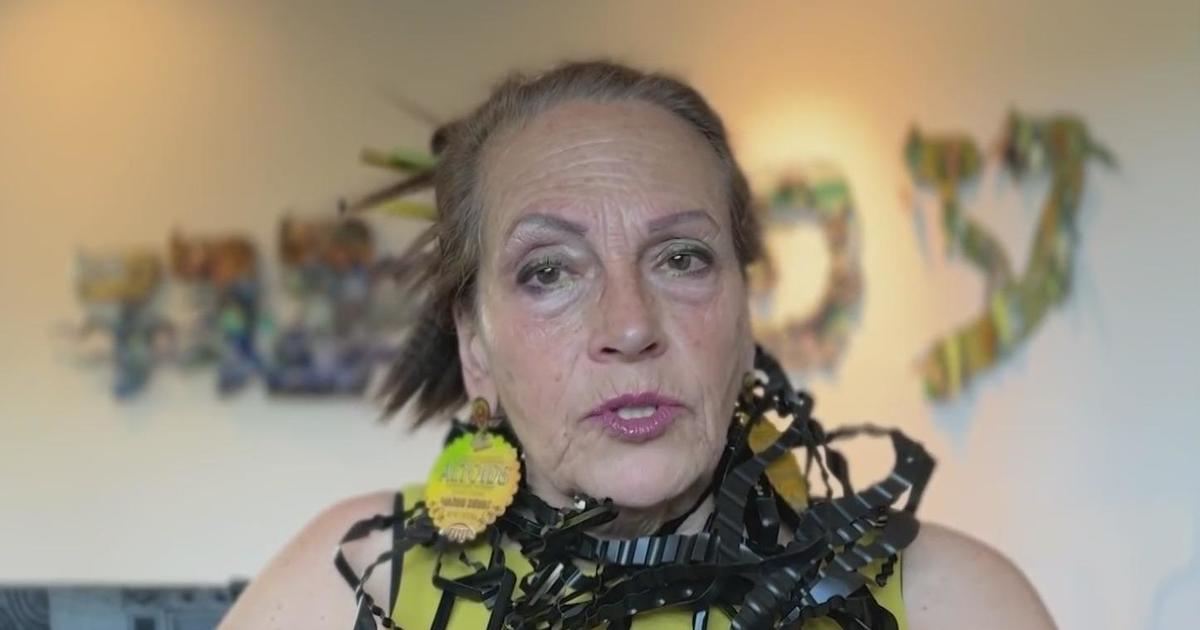Environmental Group's Updated Study Exposes Toxic Cleaning Products
SAN FRANCISCO (CBS SF) -- The cleaning products in your home may contain hidden hazardous ingredients, according to the Environmental Working Group's latest analysis.
EWG studied thousands of product labels, images and company webpages. Their latest analysis is critical of the cleaning product industry, citing concerning ingredients in many products and an overall lack of transparency on product labels.
EWG'S Guide to Healthy Cleaning was launched in 2012 to lift the veil of secrecy about ingredients in cleaning products.
A newly updated version of the guide ranks more than 2,500 products – all receiving grades ranging from A to F – based on their safety and transparency of ingredients.
Of the 400 newest additions, EWG says nearly half of the products were rated "poor" on ingredient disclosure.
Only about one in seven earned an "A" or "B" for both ingredients and disclosure.
A majority contained ingredients linked to respiratory concerns. EWG says one fourth had ingredients linked to cancer.
"Manufactures don't want you to know their products contain ingredients which can cause allergies, asthma," said EWGs Bill Walker. "Some are even linked long-term to cancer."
Walker said that the manufacturers have found ways of getting around full disclosure.
"Instead, they're allowed to use terms like 'natural,' 'green,' and 'kid safe,' which have absolutely no legal definition," said Walker. "So we think it's time for the cleaning industry to come clean and tell consumers exactly what's in the products they use."
In response, the American Cleaning Institute called the guide a disappointing scare campaign.
"More information is available than ever before on cleaning product ingredients, which companies are providing on labels, websites, smartphone apps, toll-free numbers and other non-electronic means," the ACI statement read.
It also pointed out that "products must meet all applicable federal and state quality, safety and labeling regulations."
EWG says there's no law that requires manufactures list ingredients, but consumer pressure is beginning to prompt more disclosure from manufactures.
One of the interesting findings - especially with children's products - is that the same brand of the same product contained different ingredients in different tests.
For instance, for one organic baby dish soap, the grade fluctuated between an "A" and a "D" depending on when and where you bought it.
To read the guide and learn more about the best and worst products on the list, go to the EWG website.



